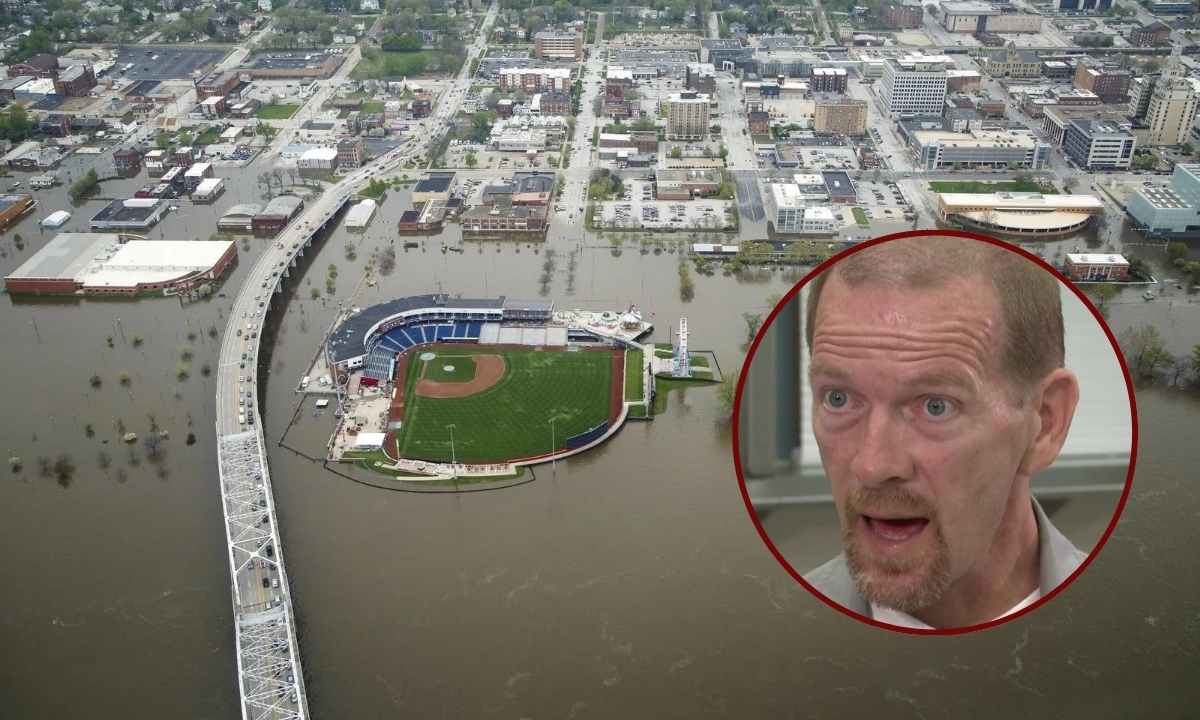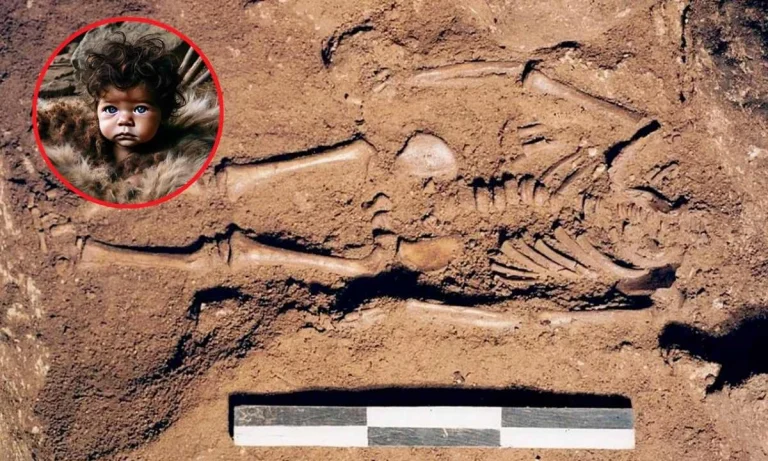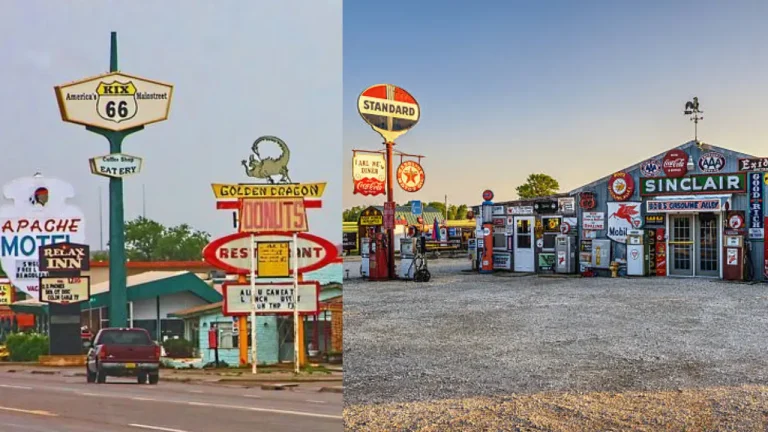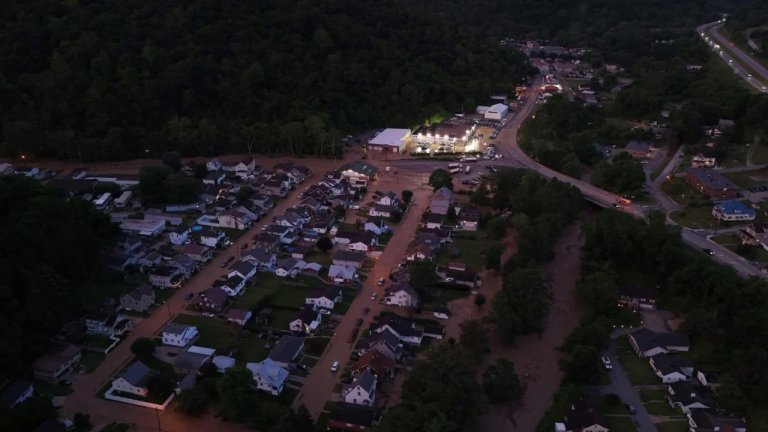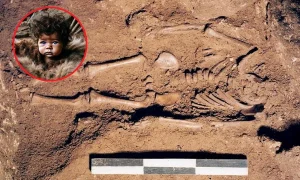What’s the most extreme thing you have ever done to get things done your way? Somebody has actually gone to the lengths of making a great flood. James Scott, a 23-year-old from Quincy, Mississippi created ‘The Great Mississippi Flood of 1993’ that lasted five months and caused $12-15 billion in damage. This might sound like an unbelievable story, but it’s true.
The flood was one of the worst disasters in US history. The reason why he did this is even more bizarre. He wanted to stop his wife from coming home as he was partying with his friends. But how did he even do this? and what happened to him afterward. Let’s find out.
The Great Mississippi Flood of 1993
The Great Mississippi Flood of 1993 was one of the most devastating natural disasters in U.S. history. It began with a wet end to 1992, leading to abnormally high soil moisture and reservoir levels in the Missouri and Upper Mississippi River basins. The situation turned from bad to worse in 1993. Storms and heavy rainfall continued, causing unprecedented water levels.
Many states weren’t prepared for the flood. In Quincy, Illinois, the community worked tirelessly, making sandbags to raise the height of the levee and protect the town. Despite their efforts, the levee failed on July 16, 1993, at around 8.00 pm, flooding 14,000 acres, destroying bridges, and causing even a petrol station explosion. Remarkably, no one died in the explosion, but the flood resulted in 50 deaths and $12–16 billion in damages (equivalent to $23–30 billion today).

James Scott: The Man Behind the Flood
James Scott, a 23-year-old from Illinois, played a significant role in this disaster. Scott was one of the hundreds of volunteers who came together to protect their town. However, he ended up doing the opposite.
According to reports Scott had a drink together with his friend and broke the levee to prevent his wife from returning home. He did not want to harm anyone but wanted to continue partying and even cheat on his wife. During his trial, prosecutors stated that Scott had removed or cut the plastic sheets guarding the levee. Scott had also dug through the sand to make a channel for the water to flow.
On the evening of July 16, 1993, Scott was seen around the levee area. He later claimed he was trying to help by placing sandbags. But witnesses, including a TV reporter and two Department of Transport workers, found his story suspicious. His clothes looked too clean and he did not have a life vest on, which all other volunteers wore.

The Investigation and Arrest
Authorities quickly suspected Scott, partly due to media coverage and eyewitness accounts. One key witness, Joe Flachs, who was under house arrest at the time, claimed Scott’s idea of breaking the levee to continue partying. This testimony, along with others who heard Scott bragging about his actions, led to his arrest.


The Trial and Conviction
James Scott was charged with “intentionally causing a catastrophe” under a 1979 Missouri law. The prosecution argued that Scott deliberately removed sandbags, causing the levee to fail. The defense, however, claimed the levee failed due to natural causes, supported by expert testimonies about the levee’s structural weaknesses.
After a three-day trial, the jury convicted Scott of causing a catastrophe. Initially, his conviction was overturned due to prosecutorial misconduct. But he was retried and found guilty again in 1998. He was sentenced to 10 years to life in prison and is eligible for parole in 2026.
“My town was in trouble. The folks in Quincy and in West Quincy were about to lose everything. That’s why I went down to that levee. I had no plans to hurt anything. They needed help, so I helped. I didn’t mean to cause a problem but I did… I’m up shit creek.”
James Scott
Aftermath and Controversies
The trial and conviction of James Scott sparked public and media interest. Over the years, the incident has been remembered and debated, with critiques from journalism professor Adam Pitluk and a Vice News documentary suggesting alternative theories about the levee’s failure.
Conclusion
The story of James Scott and The Great Mississippi Flood of 1993 is a stark reminder of the impact human actions can have on natural disasters. It highlights the importance of responsible behavior and community solidarity in the face of such events. As we reflect on this story, it’s crucial to consider the broader implications for disaster management and the justice system.
Also read,


